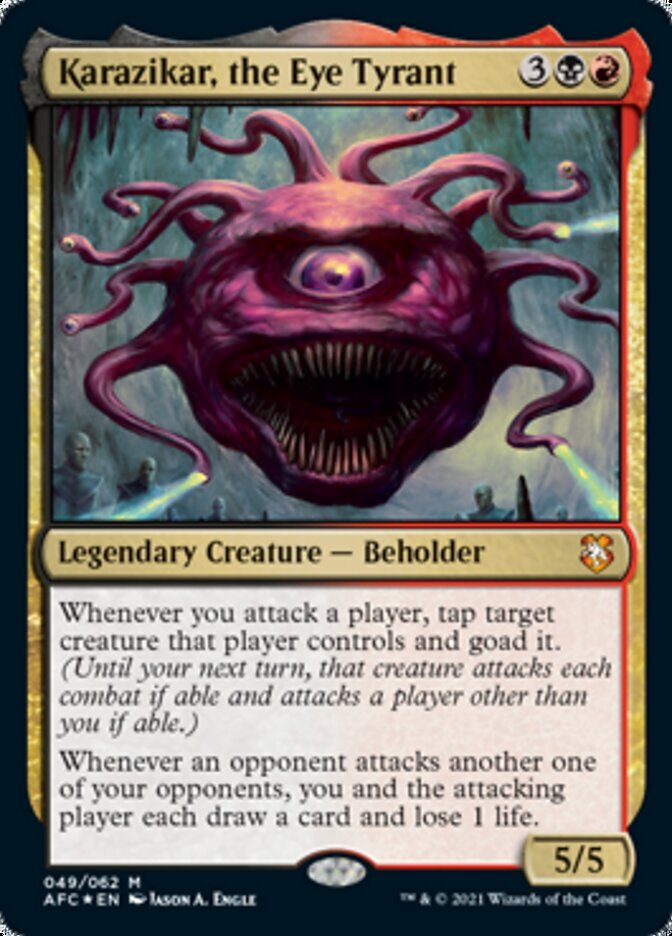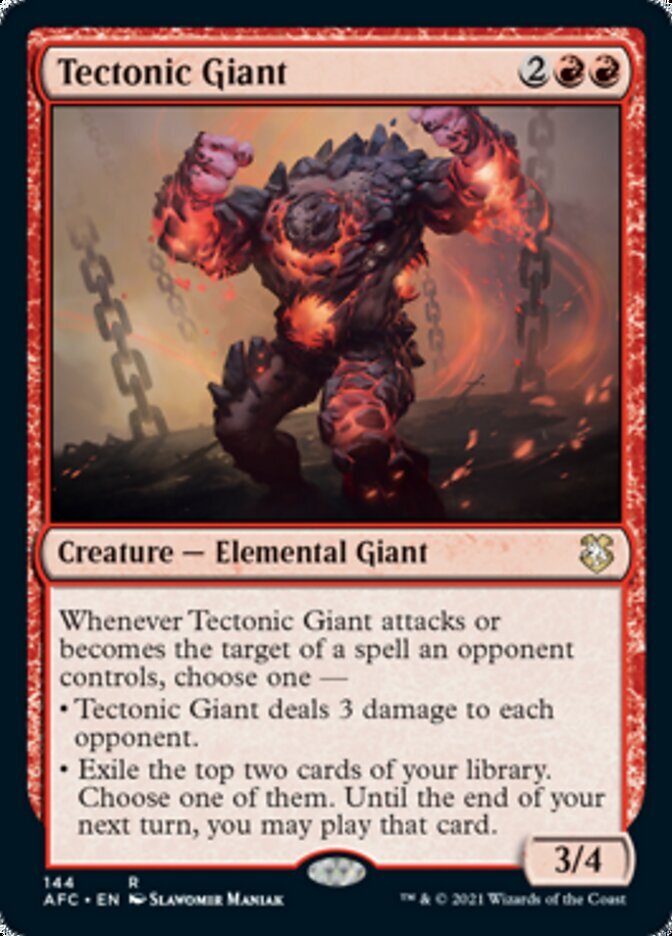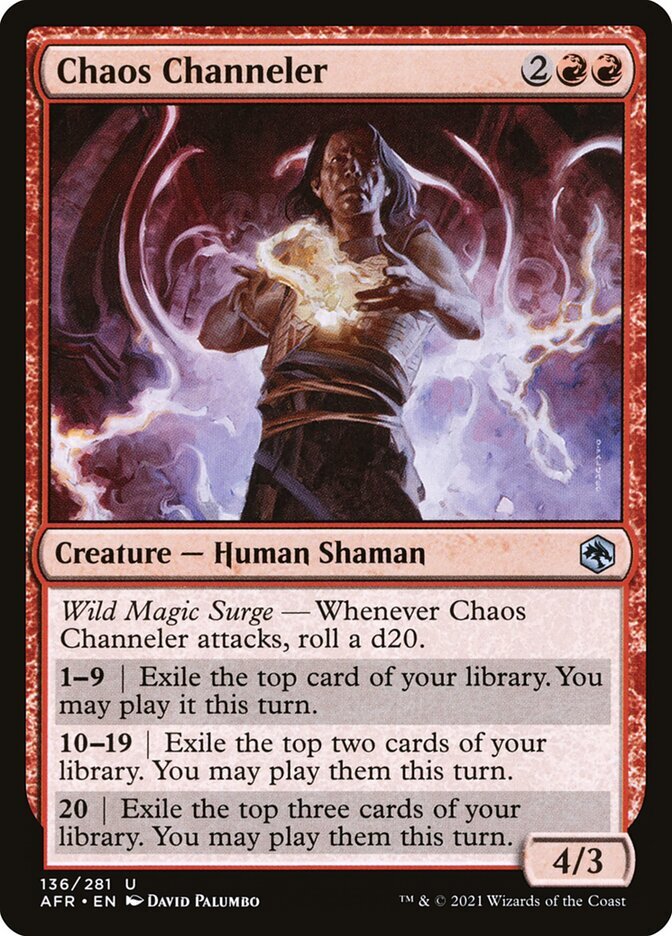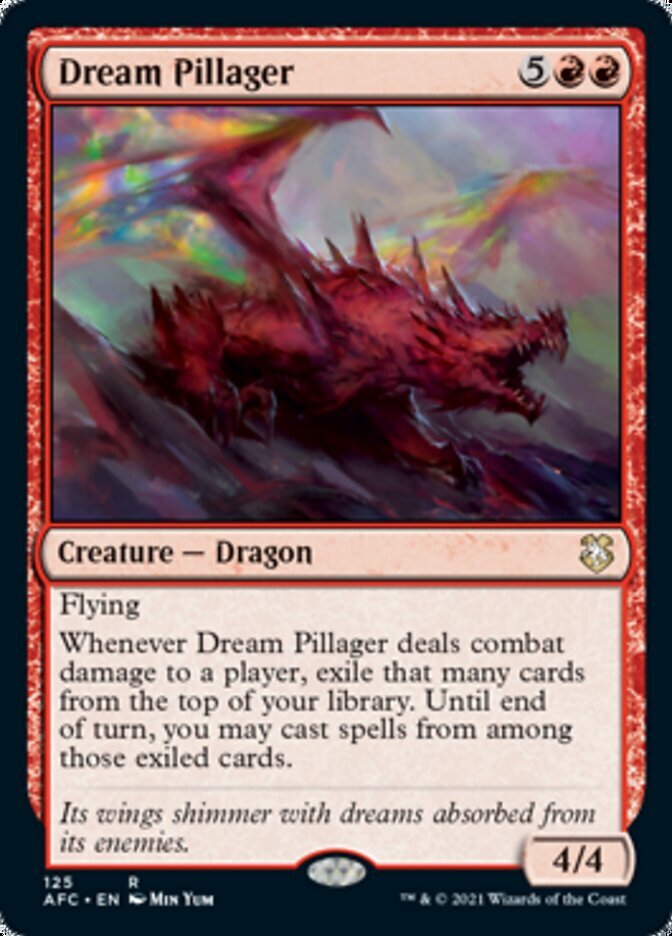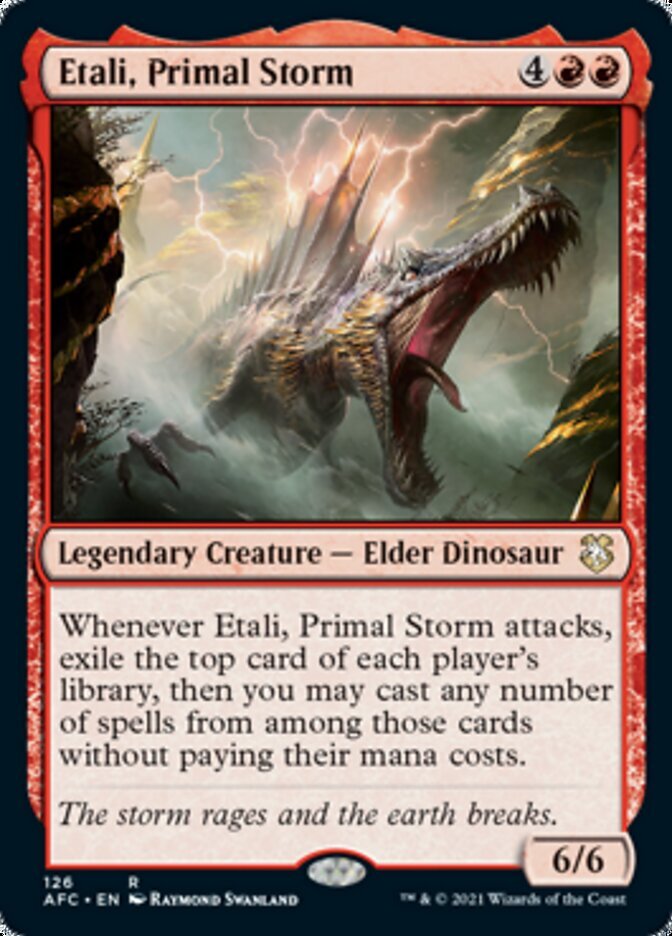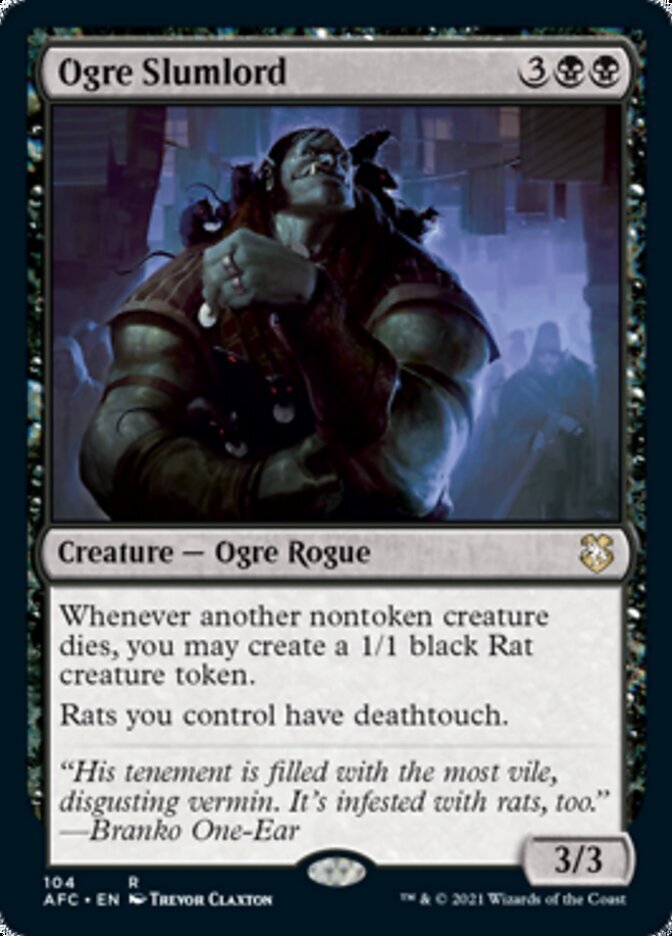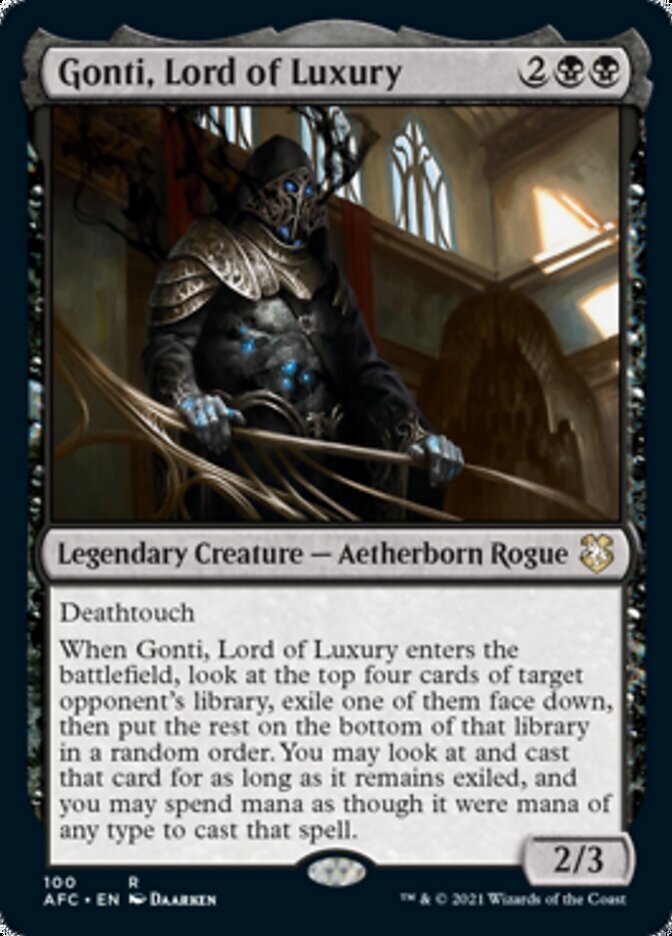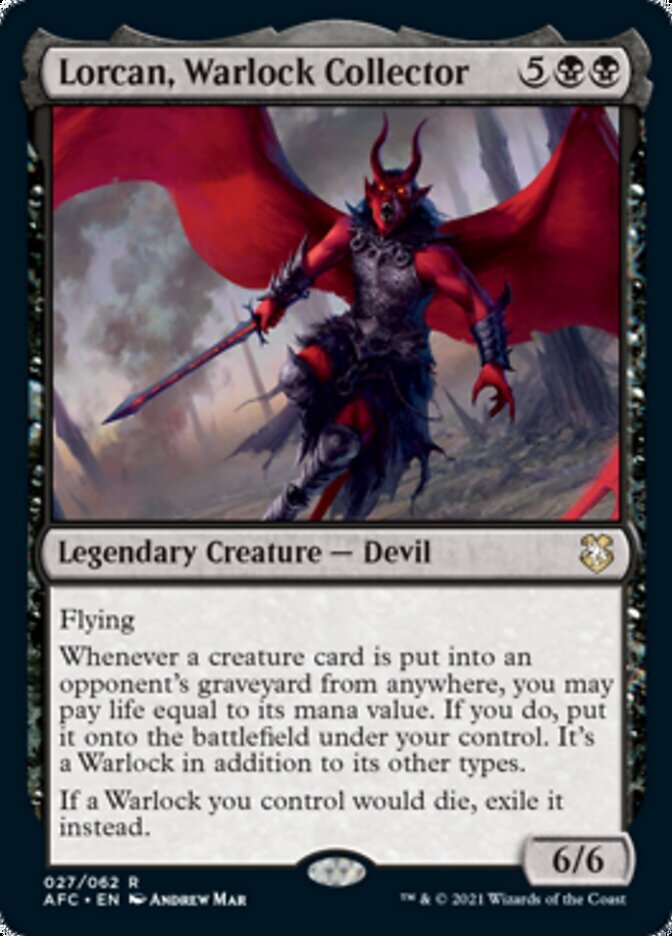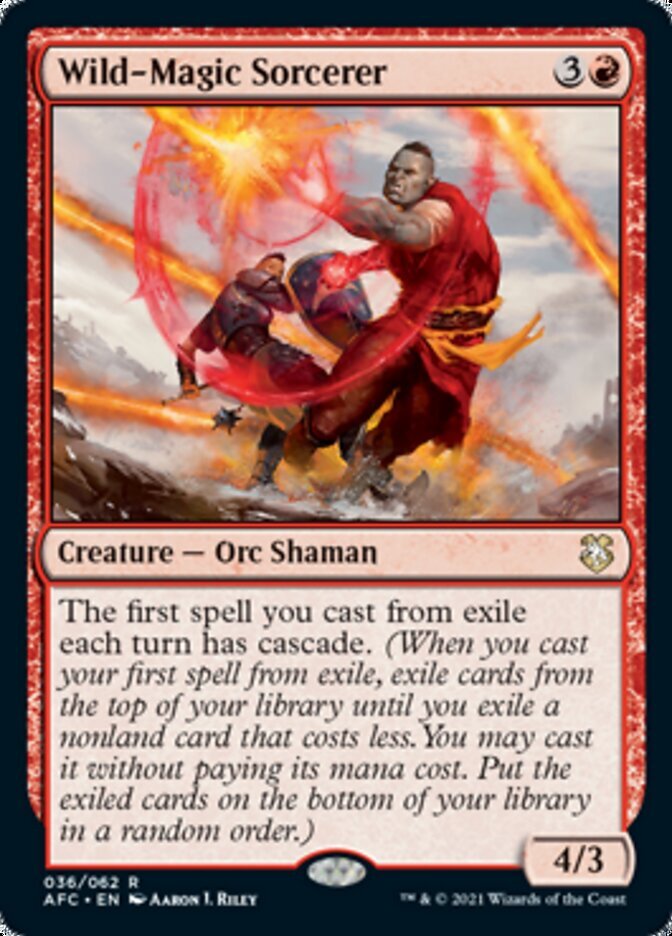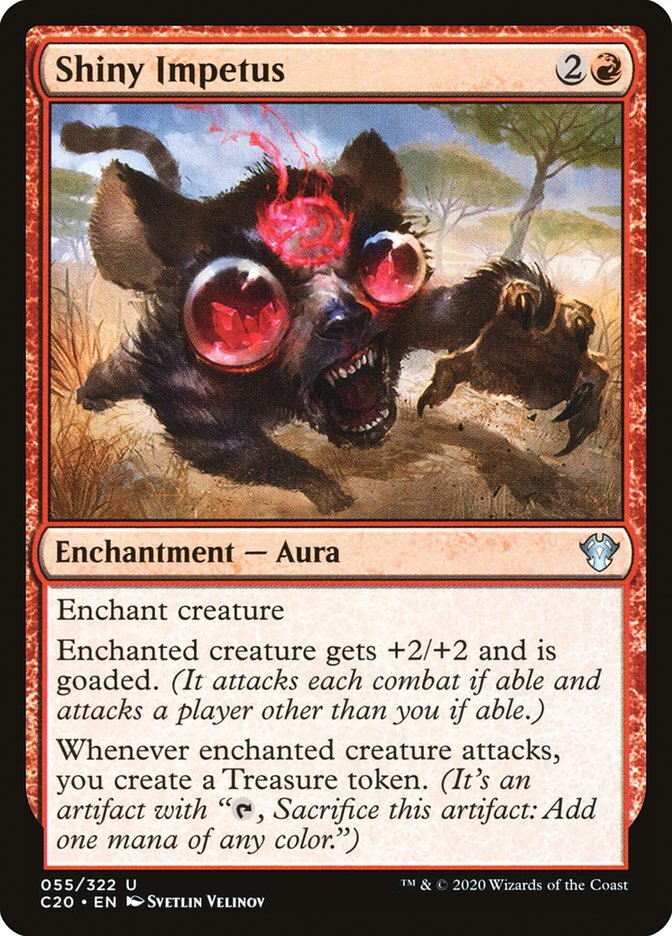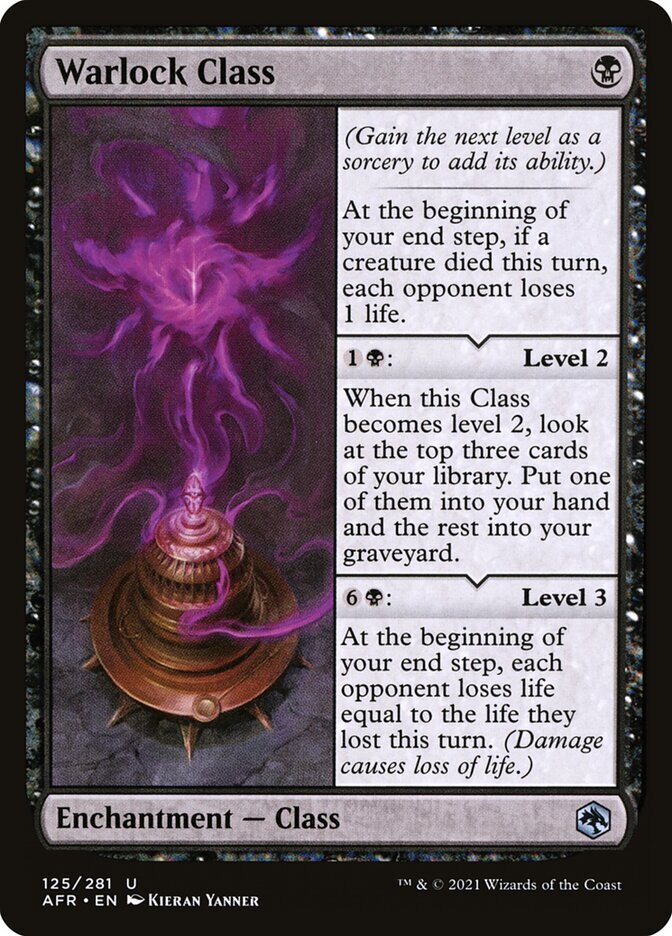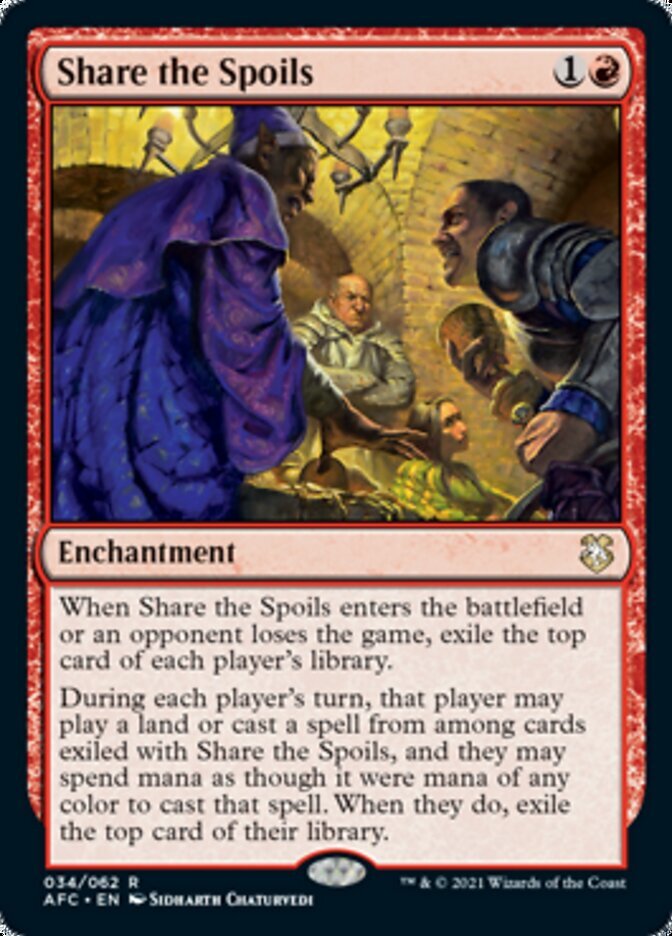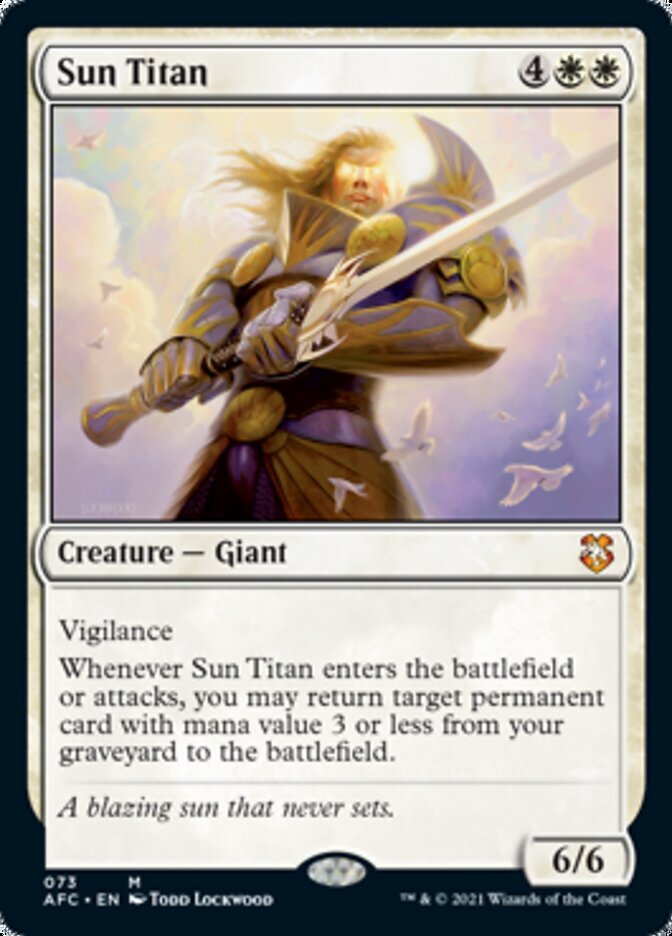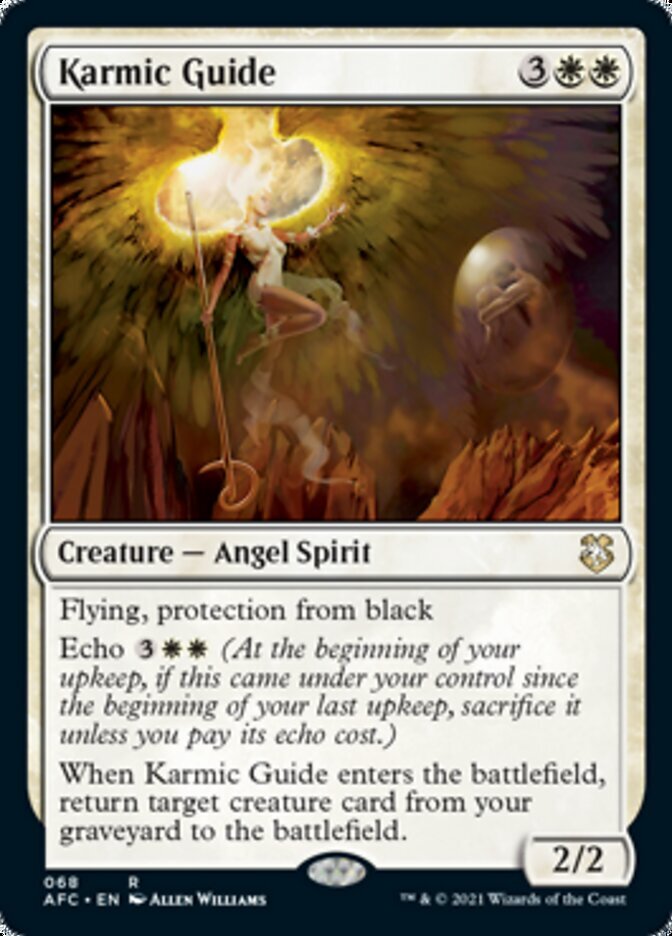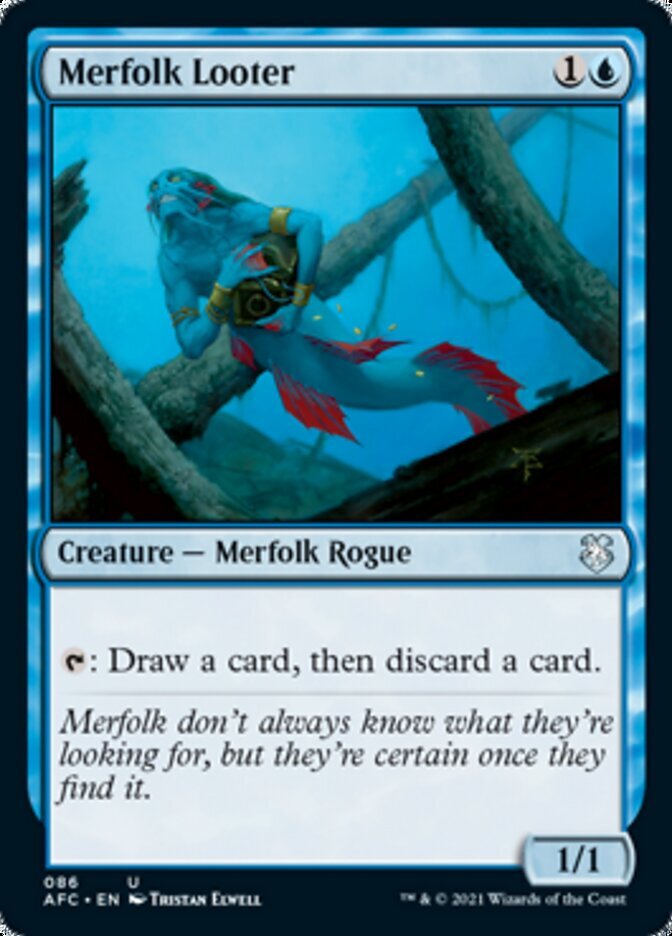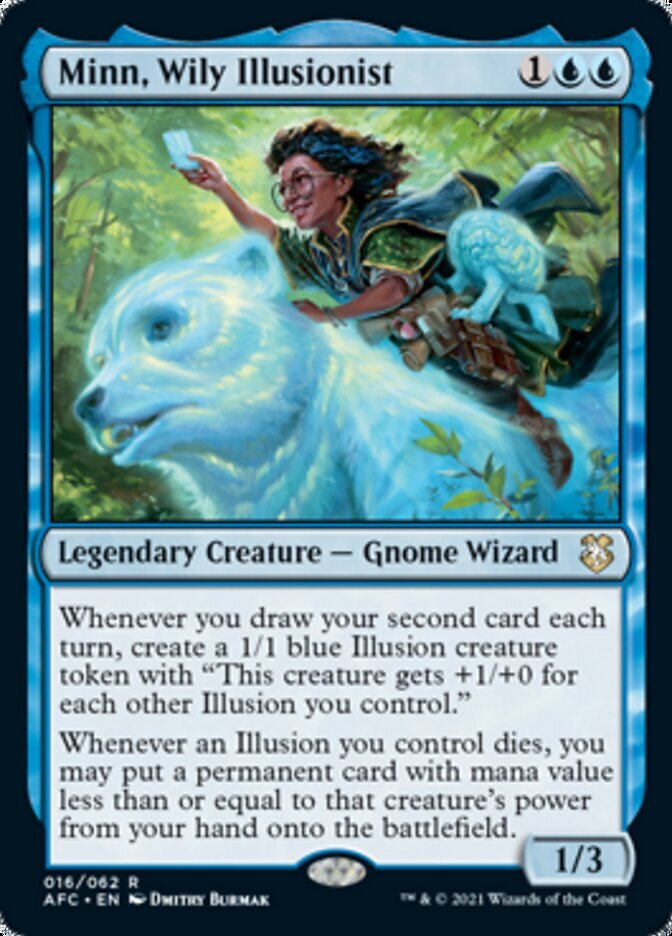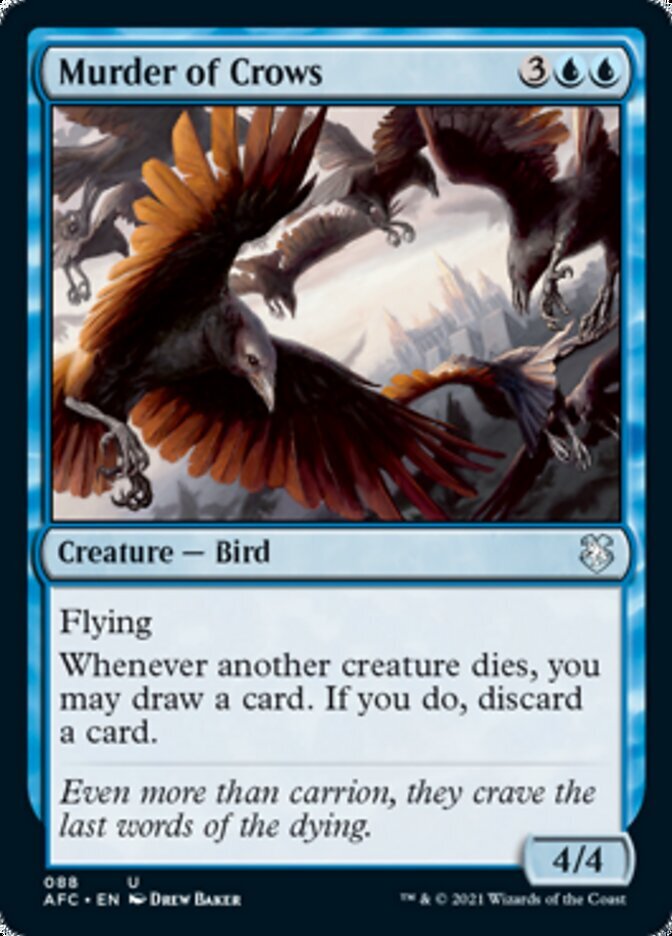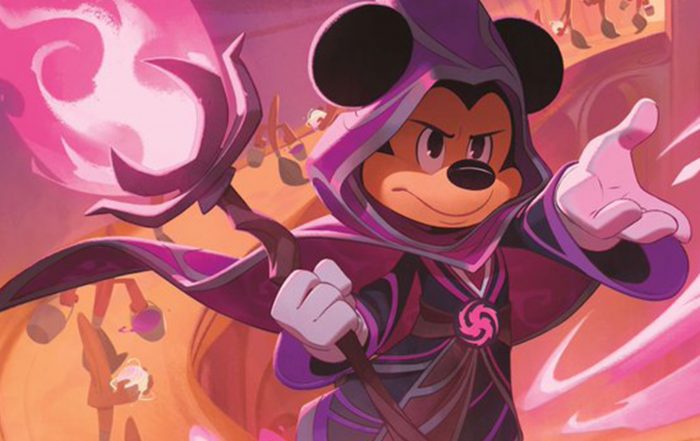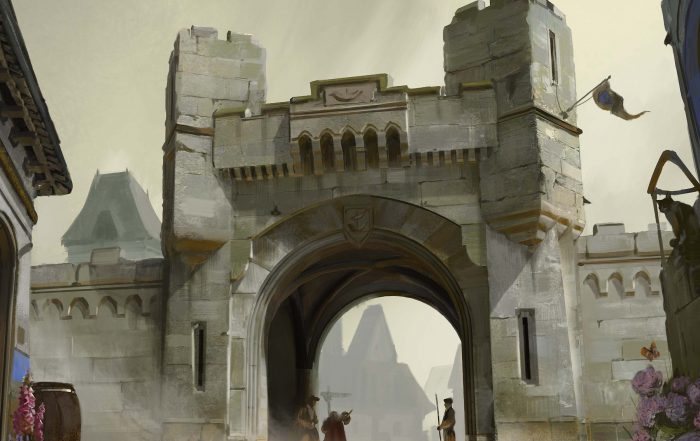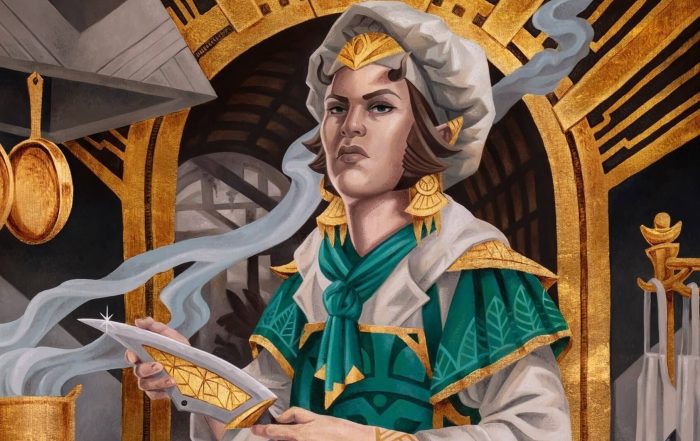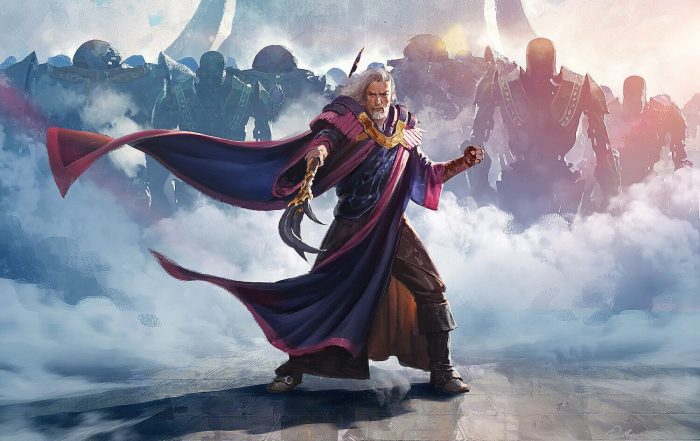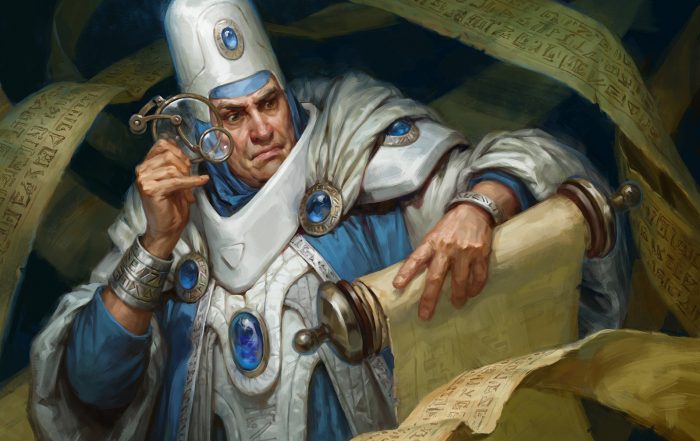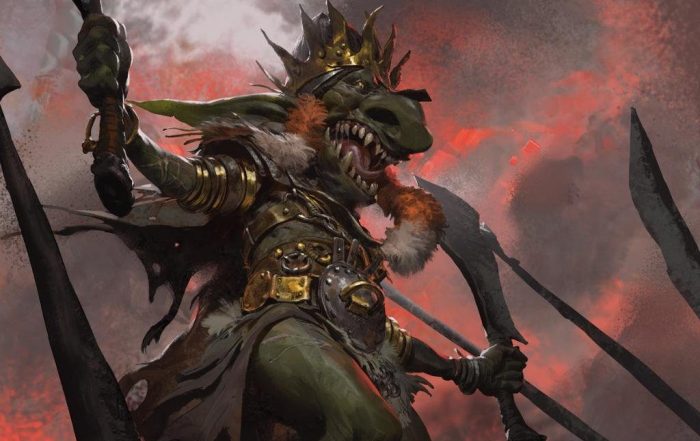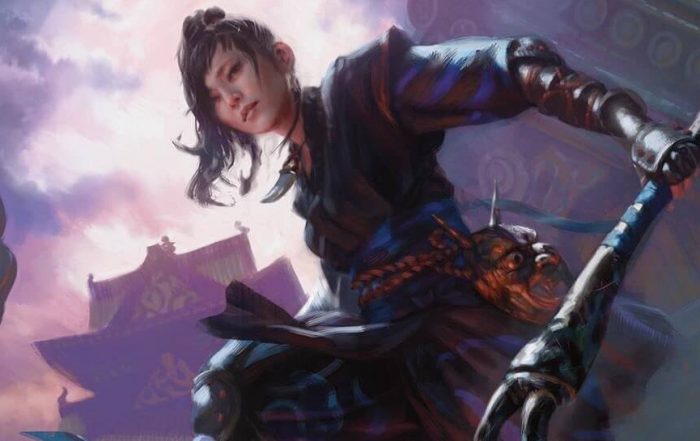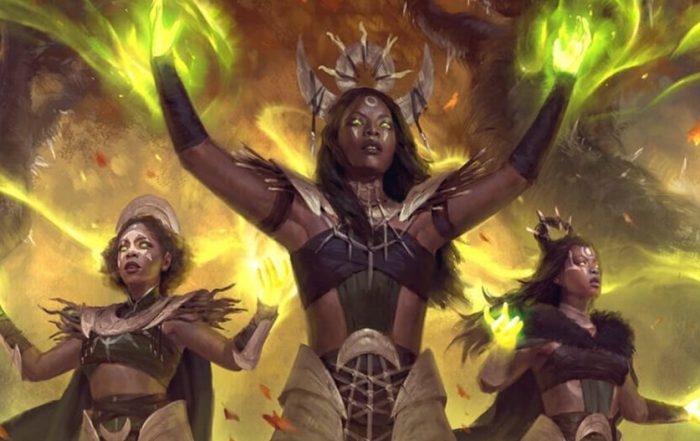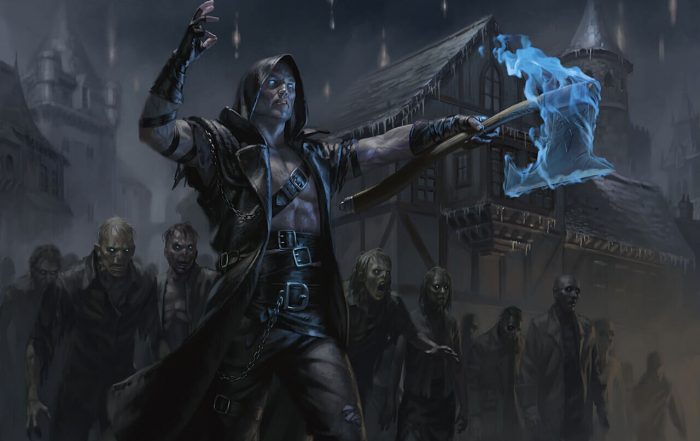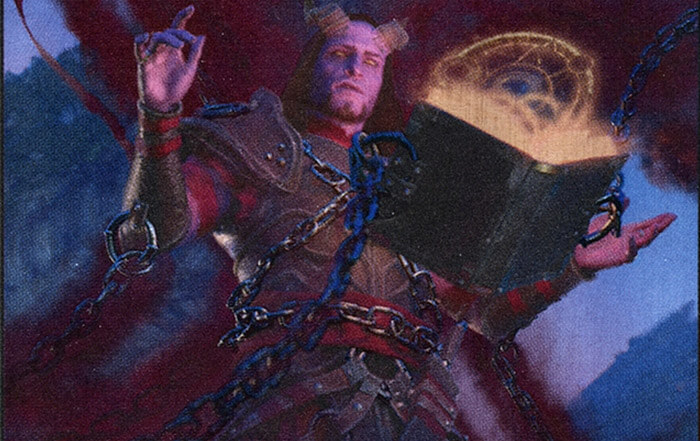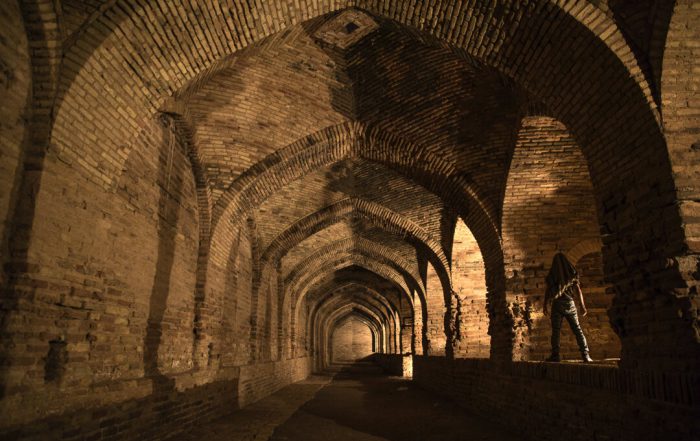Review D&D Commander Decks – Part 2
Commander Decks from the Forgotten Realms Part 2
Planar Portal and Dungeon of Death
Author: David Merker-Schwendinger
We dive right into the second part of our D&D Commander deck review. The deck names are Planar Portal, Dungeons of Death, Draconic Rage and Aura of Courage. You can find part 1 here.
Planar Portal
The third deck of the Adventures in the Forgotten Realms edition is black and red and focused on casting cards from exile.
The Main Commander
The first commander of the deck is Prosper, Tome-Bound, a Tiefling (Demon-Offspring) Warlock.
For four mana, 2BR, the 1/4 creature with Death Touch gives us two abilities that can get the game rolling quickly: Mystic Arcanum and Pact Boon.
The Arcanum ability allows the player to exile the top card of the library at the beginning of the end step and play it until the end of the next turn.
The second ability, Pact Boon, is directly linked to this – as soon as a card is played from exile, a treasure token can be created. These tokens offer a quick way to expand one’s mana pool.
The Second Commander
The second commander is a creature from the darkest corners of the D&D universe: the Beholder Karazikar, the Eye Tyrant.
Its abilities move in a more aggressive direction than those of Prosper.
As soon as you attack a player, a creature that the player controls is tapped and goaded.
So, you can remain passive with the Beholder itself, attack with another creature, prevent any block, and lean back next turn.
Provided there is a game with several participants, the goaded ability triggers all the more. The target creature must attack another player, then the player controlling the creature and the controller of Karazikar each draw a card and lose a point of life.
While Tiefling Prosper makes it possible to draw and play (if possible and appropriate) a second card per turn, Karazikar generates additional hand cards at the cost of life points.
Synergy Creatures
Creatures that synergize well with the Prospers ability are plentiful in the deck.
Five of these ten cards are linked to the attack phase.
- Tectonic Giant and Chaos Channeler let the player send cards from their own library into exile and play them.
- Here, the Channeler brings a greater random element to the game with its W20 ability, as one to three cards may be exiled depending on the dice result.
- The Dream Pillager sends cards from its own library into exile to be cast after successfully causing combat damage.
- Etali, Primal Storm, and Fiend of the Shadows, on the other hand, aim to exile and play cards of the opposing player from his hand or deck.
Sacrifice those tokens
Another mechanic found in the deck is sacrificing tokens.
Since Treasure tokens can be created by Prosper, the Grim Hireling is a good support card to deal damage when the mana pool is already well filled.
For one black mana and X sacrificed Treasure tokens, a creature gets -X/-X. These can be replenished as soon as one or more creatures deal combat damage to the opponent.
The Loyal Apprentice passively creates Thopter tokens as long as a Commander is controlled, which can be sacrificed by the Dark-Dweller Oracle to exile the top card of the library and play it on the same turn.
The Thopter artifacts can also be sacrificed by the Marionette Master to make an opponent lose life points.
Death Tyrant is a one-card combo in itself, as it is equipped with menace and can be returned to play from the graveyard for 5B. Its Energy Cone allows the player to put a 2/2 Zombie token into play whenever an attacking creature of their own or a blocking creature controlled by their opponent dies.
Chaotic & Destructive Creatures
Three other creatures form a good triad that fits well into the chaotic-destructive creature-sacrifice lore of the deck: Ogre Slumlord, Chittering Witch, and Piper of the Swarm.
All three can produce a good number of rats, and the abilities harmonise with each other.
- The Slumlord creates a black rat token with its passive ability when a non-token creature dies and gives all rats deathtouch.
- The Piper equips Rats with menace and can create a 1/1 Rat token for 1S, as well as letting the player gain control of a creature for 2BB and three sacrificed Rats – useful for controlling enemy creatures and/or sacrificing them.
- Chittering Witch, once it comes into play, puts a 1/1 black Rat token into play for each opponent. For 1B and a sacrificed creature, a creature can be given the -2/-2 malus.
More interesting creatures
Dire Fleet Daredevil and Gonti, Lord of Luxury provide the player with cards in exile by their appearance on the field.
The Daredevil sends a sorcery or an instant spell from an opponent’s graveyard into exile, Gonti gives you the choice of the top four cards of an opponent’s library.
Both cards are strong for game control. It is worth pointing out that both allow you to use any mana to cast the spell.
To rob, an opponent of creatures for good, Lorcan, Warlock Collector is included in the deck. Instead of letting your opponent’s creatures go to the graveyard, you can trade life points for their control and eventually send them into exile.
Izzet Chemister and Wild-Magic Sorcerer (a playable class in Dungeons&Dragons) support the deck’s goal of exiling cards or making them more powerful.
If life points are dwindling due to creature abilities or enemy attacks, Pontiff of Blight can help. It gives all of your creatures Extort, providing the necessary base for some life-based abilities in the deck.
Enchantments
The enchantments support the mechanics already touched on with the creatures:
- Shiny Impetus creates a goaded creature and generates treasure tokens,
- the Warlock Class makes opponents lose life points as well as draw cards for ourselves and
- the Dead Man’s Chest is in a similar vein as Gonti and Daredevil.
- Share the Spoils and Theater of Horrors, on the other hand, make the game more interesting. The former removes the top card of each library from play as soon as it comes into play or a player is eliminated from the same. Each player can play a land or cast a spell from the removed cards, but must then remove the next card from their library and add it to the pool of cards.
- Theater of Horrors targets its own library and removes a card at the beginning of the upkeep, which can be played if an opponent has lost life points. For 4R, a player can be dealt one point of damage. Especially, decks based on picking cards and shuffling can be quickly driven to despair with Share the Spoils if played at the right time.
Sorcery and Instant Cards
Finally, a quick look at the spells and artifacts included in the deck. Three spells serve as boardwipes should the situation tip in an opponent’s favor:
Hellish Rebuke, Reckless Endeavor, and Hex. If you have gained a lot of life points with Pontiff and can absorb the damage well with this cushion, Hellish Rebuke is of great use for a wipe.
Reckless Endeavor creates Treasure tokens and deals damage based on 2W12 and Hex destroys selected creatures to take the wind out of the opponent’s sails.
Seven other spells destroy individual creatures or artifacts, some also with additional effects such as Hurl through Hell, Danse Macabre, or Consuming Vapors.
Eight sorceries and instants spells are good combinations for the deck’s play-cards-from-exile abilities, including Ignite the Future, You find some Prisoners, Fevered Suspicion, or Throes of Chaos.
Of particular note is Apex of Power, which – when cast from the hand – makes up for its mana cost of 7RRR, as 10 mana can be added in any color combination.
This can make it easier to play some of the exiled cards and generate treasure tokens with Prosper.
These in turn can be used up to cast other cards. It is worth pointing out that there is a good balance between those spells that exile your own cards and those that target the opponent and diminish his library.
Artifacts
Of the 14 artifacts included in Planar Portal, ten produce mana, such as Radkos Signet, Mind Stone, Talisman of Indulgence, or the Sol Ring.
Maintaining a large mana base, along with the Treasure tokens, is one of the cornerstones of the deck, especially later in the game when many cards have already been exiled.
Two other artifacts, Chaos Wand and Bag of Devouring, send cards into exile, the Bag provides good protection mechanisms for creatures affected by spells or abilities.
The Fiendlash provides a stable damage output based on its strength on players and planeswalkers once the creature equipped with it takes damage. There are few to no cards in the deck itself that deal direct damage to creatures. Here, the player would have to swap one or two cards to generate damage.
Conclusion
The deck is composed of 21 creatures, 14 artifacts, 21 sorceries, five enchantments and 39 lands.
This distribution allowed a good number of creatures on the field in trial games to intercept enemy attacks and at the same time bring enough cards into exile. The mana-generating artifacts provide a solid base for casting many spells in one turn, which is supported by Prosper and other cards.
The deck could be played aggressively to put opponents under permanent pressure. But it could also be played passively and for time, to reduce the opponent’s library of spells and abilities and to use their own spells against them.
Dungeon of Death
The fourth deck of the Forgotten Realms edition is based on a new mechanic introduced with Dungeons&Dragons lore, the dungeons.
The First Commander
The first commander of the deck is Sefris of the Hidden Ways, a 2/3 human mage creature for three mana, WUB.
Both abilities target the dungeon mechanic. As soon as one or more creatures are put into your graveyard, you may enter the next room in the dungeon.
However, the ability only triggers once per turn. As soon as a dungeon has been completed, a creature from your own graveyard may be put back into play.
A first thought to take advantage of this ability would be the Mill ability to move creature cards directly from the deck to the graveyard.
However, there are no such cards in the deck itself. The creatures in it must be transported to the graveyard through the combat phases or destruction.
The addition that the ability can only be used once per turn takes away some of the Commander’s speed and makes progress in the dungeon slow if there are not enough creatures on the field to dare constant repetitive attacks or block enemy ones.
The Second Commander
The second commander is Nihiloor, a horror creature.
It builds on the strength of the creatures in the deck to wrest control of its own creatures from the opponent.
Once Nihiloor comes into play, one of your own creatures can be tapped for each opposing player. These are used to gain control of opposing creatures of lesser or equal power.
As long as the horror remains in play, these are under your own control and inflict two points of damage on the original owner when attacked.
You yourself gain two life points. This commander is not aimed at the mechanics after which the deck is named, but rather at good board control and the generation of life points.
If this creature comes into play
A look at the rest of the creature cards in the deck quickly reveals the direction in which the playstyle is heading. 18 creatures have the passive ability “When this creature comes into play […]” and thus adapt to resurrections and Sefri’s ability.
Let’s bring them back!
Several of these cards return other creatures from the graveyard to play, such as Sun Titan, Karmic Guide, and Doomed Necromancer (found as a reprint).
Discard those cards!
Radiant Solar is good for Sefri’s because of its discard ability, as it doesn’t matter from where the creature is put into the graveyard. If you don’t have enough lands in the early game, you can advance by discarding it and a white mana in the dungeon.
We will be back!
Three more creatures bring themselves or other creatures back into play through their active abilities, the Obsessive Stitcher, Reassembling Skeleton and Eternal Dragon. The Stitcher also gives us the option to draw a card and then discard one. The Eternal Dragon has Plainscycling, so it can be put into the graveyard cheaply, similar to the Solar, to trigger the Commander ability.
Creatures kill creatures
Plaguecrafter and Sunblast Angel can destroy creatures, which should be played tactically to minimize damage to yourself and maximize damage to your opponent.
Copy Creatures
Two illusion creatures, Phantom Steed and Phantasmal Image, create creature copies that are quickly sacrificed and harmonize with Sefris.
Dungeon Crawl
Only two creatures are directly tied to the “dungeon crawls”, Hama Pashar, Ruin Seeker, and the Midnight Pathlighter.
Pashar allows a double trigger of a dungeon’s space property. The Pathlighter causes your creatures to only be blocked by legendary creatures. Each combat damage against another player brings progress in the dungeon.
A Trifecta
Another good trifecta in the deck is Minn, Wily Illusionist, the Merfolk Looter and Murder of Crows.
The Gnomish Mage allows you to put a blue 1/1 Illusion token into play every second card drawn on your turn, which gets +1/+0 for every other Illusion controlled.
But now when an Illusion dies, a permanent card with a mana cost of X or less can be put into play, where X was the Illusion’s power.
Merfolk Looter lets us draw a card against tapping, and Murder of Crows works similarly, but only if a creature dies.
After that, a card must be discarded. This can generate a steady supply of illusions and hand cards relatively quickly to put cards from the hand into play. Together with the Phantom Steed, Minn’s ability can be combined just as well.
Enchantments
Of the three enchantments in the deck, Propaganda makes it harder for the opponent to launch big attacks if their mana base is weak.
Minimus Containment takes a permanent card out of play temporarily.
Thorough Investigation works well with Minn, putting clue tokens into play and linking their sacrifice to advancement in the dungeon.
Instants and Sorceries
Three spontaneous spells and sorceries destroy a single creature without providing further effects.
Another six cards make it possible to return creatures from the graveyard to play, exile them and bring them back again.
- Necromantic Selection also serves as a boardwipe here.
- Victimize can be linked to Minn, as can Vanish into Memory.
- Revivify, Arcane Endeavor and Grave Endeavor use the new dice systems introduced with the edition.
- Forbidden Alchemy supports the commander’s ability to send creature cards to the graveyard. These can then be retrieved with other abilities or spells.
- Extract Brain gives us the ability to play cards of the opponent and use them against him.
Artifacts
Seven of the included artefacts create mana to support our pool. Five others have more advanced abilities.
- The Dungeon Map lets us further complete the dungeon, as does the Immovable Rod, which can render an opponent’s permanent card useless.
- The Lightning Greaves are efficient when it comes to quickly using the abilities of a newly played creature. The equipment cost of 0 is a big plus for this.
- The Wand of Orcus is a legendary weapon of the eponymous demon lord, which channels his power. The creature equipped with it and other zombies receive death touch when attacked. Additionally, each time the equipped creature deals combat damage to a player, a 2/2 zombie token is created. In my opinion, this “zombiebased” card fits not well in the Lore of the deck itself.
- The Rod of Absorption can be used to prevent the opponent from getting spells into the graveyard and thus continue to access them. For X mana, any number of sorceries and spontaneous spells of X or less mana cost removed from the game in this way may be played without paying their cost. This allowed the game to be turned around time and again in trial games as soon as it threatened to tip to the player’s disadvantage.
Card distribution and Conclusion
If we look at the card distribution in the deck, we find 34 creatures, consisting of three enchantments, twelve sorceries, twelve artifacts, and 39 lands.
With this distribution, you are well able to maintain a solid creature base, especially considering that you can bring many of the creatures back into play. The spells are a bit scarce, but suitable for most situations. The artifacts support both setting up the board and progressing through the dungeon.
It is disappointing at this point that only comparatively few cards of the deck harmonize with the ability of the commander. I would have liked to see more cards from the new edition, such as the Cloister Gargoyle, the Delver’s Torch, Nadaar, Selfless Paladin, Displacer Beast, or the Triumphant Adventurer.
The Verdict
Both decks are well-built and can be adapted to different strategies or different opponents.
Due to the high number of creatures, both decks can cope well with wipes without the complete mechanics of the deck collapsing.
While Planar Portal aims to play many cards, including those of the opponent, from exile, Dungeons of Death tries to bring creatures to the graveyard and then return them to play. This also triggers their abilities.
In terms of their “playability”, both decks are, in my opinion, recommended for tactical-enthusiastic players; of the four prefabricated commander decks of the DnD edition, they play in the upper range.
About the Author
David Merker-Schwendinger started playing Magic: The Gathering as a teenager. His first Deck was a Mirrodin Preconstructed Deck.
Over the years, he developed an interest in role-playing games, which was sparked during his Archeological studies at university.
The Magic card collection kept growing during his Master studies of Austrian history. Some topics he studied, like heraldic, came in handy for his role-playing storytelling.
He is the host of a YouTube channel (NerdNavigator) where he features the Austrian D&D community and Dungeons’ and Dragons in general.
Booster Drafting with friends and exploring Ravnica with his Dungeon and Dragons party are among his favorite things to do in his free time.

All Articles by David Merker-Schwendinger
How To Play Disney Lorcana
Here's everything you need to know about the gameplay of the new card game Disney Lorcana. In our latest article, David explains to you everything you need to know about Ink, Glimmer, turn structure, card types and anything else surrounding the gameplay of Lorcana.
Commander Legends 2 – Battle for Baldur’s Gate
Commander Legends 2: Battle for Baldur's Gate released a few weeks ago. Our author David takes a closer look at the set and tells us about what Beasts, Dragons and other mythical creatures he is really excited about!
Streets of New Capenna: The Most Powerful Commanders
Streets of New Capenna is out right now and with it come a few really strong Commanders! In this blog entry, we are going to present you the most powerful Commanders from Streets of New Commander. Maybe you get to play some of them before they eventually get banned?
The Best Underrated & Most Overrated Commanders
In today’s article, David is taking a closer look at the Commander table and filters through different choices for the top leaders of current decks. If you’re interested in getting to know his picks for the best underrated and the most overrated Commanders in Magic: The Gathering, keep on reading right here.
The Best 5 Commanders in 2022
David is presenting his top 5 list of Commanders he thinks who are the strongest choices, he is not yet playing in Commander. From funky picks to powerful format mainstays. There's a legend for everyone.
Commander Deck Tech: Goblins
Squee and his minions are David's favorite Commander deck at the moment. Read what makes the deck work and what combos you can pull off with it.
Ninjas in Legacy
Tribal decks in Magic the Gathering are fun. What is more fun than the Ninja tribe? Not much. Sneak your way to victory in Legacy with this version of Ninjas, including tips, tricks and a sideboard guide by the Master Ninja, Zen Takahashi
Review Innistrad: Midnight Hunt Commander Deck – Part 2
Magic the Gathering's latest release, Innistrad: Midnight Hunt, comes with a new Commander Deck as well. The main theme of Coven Counters Unleashed is, different powers among your creatures to trigger the new Coven keyword. David is giving the deck a test drive and shares what he thinks about it.
Review Innistrad: Midnight Hunt Commander Deck – Part 1
Magic the Gathering's latest release, Innistrad: Midnight Hunt, comes with a new Commander Deck as well. The main theme of Undead Unleashed is, you probably have guessed it already: ZOMBIES! David is giving the deck a test drive and shares what he thinks about the deck.
Review D&D Commander Decks – Part 2
David is back to try and test the remaining two AFR Commander Decks. Find out if this is a good investment for avid Magic the Gathering Commander players or if you should put your money elsewhere.
Review D&D Commander Decks – Part 1
David is back, and he not only checked out one or two of the four Commander Decks from Adventures in the Forgotten Realms. No, he tried all FOUR of them. Today, in Part 1 he starts with the first two and next week the other two will follow.
Magic goes Dungeons & Dragons
David will show you around Magic's first crossover set that ventures in the world of Dungeons and Dragons. He will explain the set that's called Adventures of the Forgotten Realms from a role-players view

